Drumroll, please … because in less than two weeks we will be announcing the winners of our 2016–2017 Wonder League Robotics Competition, Animal Habitat Rescue, which culminated with the finalists’ mission called Bamboo Hullabaloo! This year, one team in each of the two categories, ages 6–8 and ages 9–12, will win the grand prize of a $5,000 STEM grant. Team members from all top five teams per category also will each receive a Dash robot. We’ve been so impressed by the thousands of submissions, watching hours of footage and pouring over the amazing science journals, that we also will be awarding thematic Honorable Mentions in ten categories too.
It has been such an exciting judging process over the past few weeks. And the thousands of journal entries, photos, and video clips have truly illustrated the concrete connection between kids learning to code and kids developing a growth mindset. In her research, Stanford professor Carol Dweck explains the value of having a growth mindset versus a fixed mindset when it comes to challenges, obstacles, effort, criticism, and success of others, both in learning and in life. We’re thrilled that our robotics competitions help to cultivate this mindset. Growth mindset can be learned and developed over time, and we applaud the many teams who embraced the Wonder League Robotics Competition missions! By introducing these coding challenges to your kids and students, you are giving them instances of practice. Each day, each conversation, each test becomes a teachable moment.
Our Wonder League teams have illustrated core values, such as persistence, teamwork, dedication, and responsibility in aiding Dash to save the day — all with a coordinates map, cups, ping pong balls, a bit of imagination, and lots of problem solving. The kids’ genuine reactions and emotions underscored their passion, perseverance, and grit when it came to tackling the missions.
These winning teams collaborated by looking at the big picture to set goals and then take on shared responsibility in creating and executing their plans, often switching roles. In various ways, they broke down problems and processes into smaller steps. Throughout their trial and error processes, they experienced moments of pure joy as well as frustration, but persisted and embraced the challenge test by test, day by day. They were ever-insightful as they reflected on what worked, what didn’t work, and how they might fail forward. These teams were models of continuous learning.
It was so encouraging to witness kids think about their thinking! As a former elementary school teacher, I was always asking students to “show me” their thinking. The science journals urged them to articulate the why behind the what and pushed them to show what they know in at least three trials (some recorded over 100!) Kids employed higher-order thinking skills as they described their hypotheses, observations, and conclusions, all while deconstructing their processes, analyzing their solutions, and evaluating their opinions. They were asking insightful questions while building on each other’s ideas. Together, the teams celebrated the small wins as they pushed through the bigger obstacles, encouraging each other through the ups and downs.
With more than 25,000 kids in 5,300 teams participating, we’re proud of all who successfully submitted. We will be announcing the winners publicly on Tuesday, March 28th, via Facebook Live. So keep an eye out for more blog articles and social announcements, and join us on Facebook at 9AM PDT on the 28th when we will reveal the top teams!


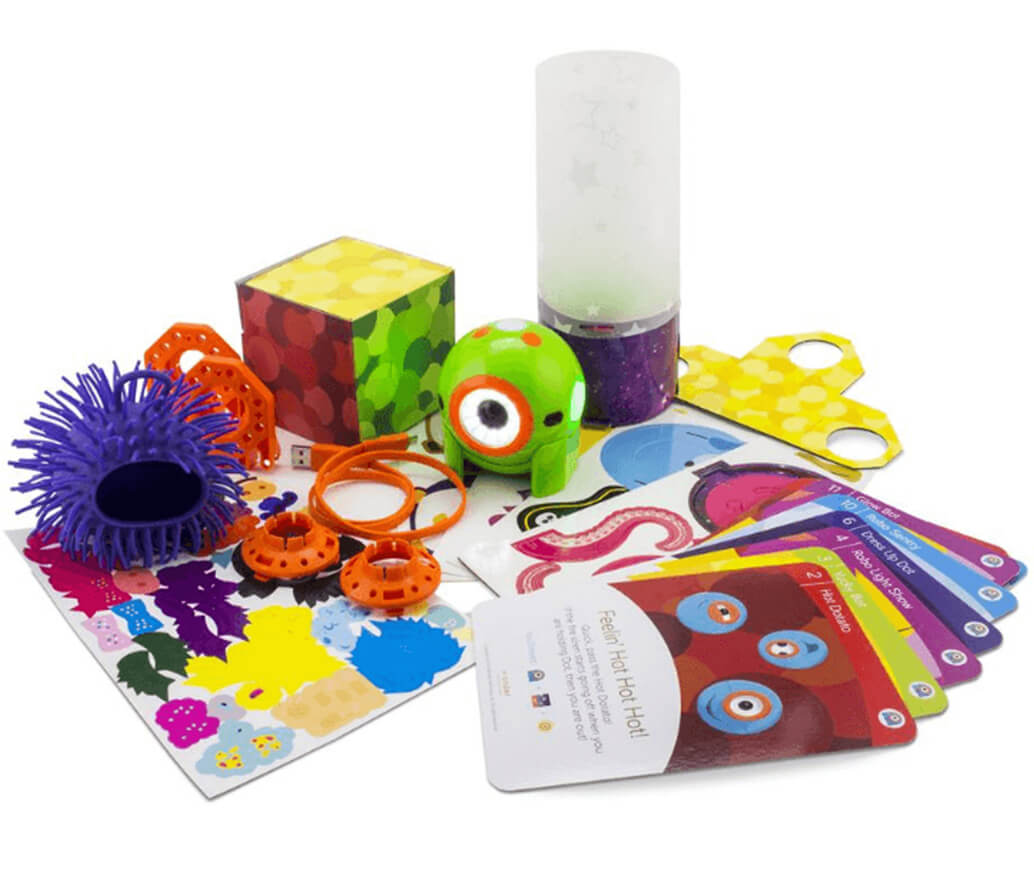
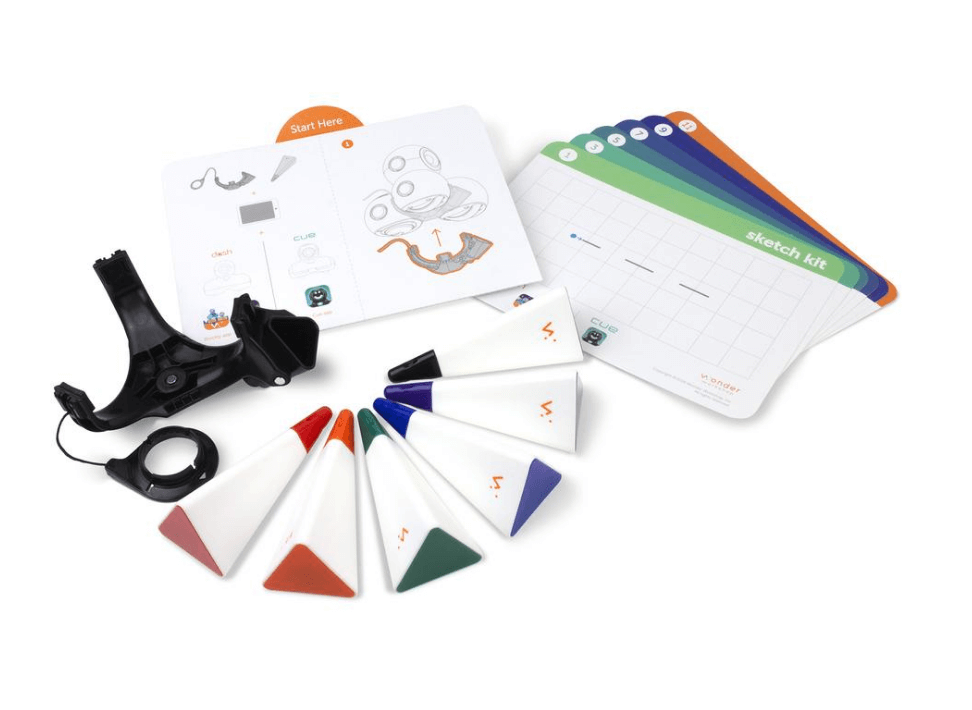


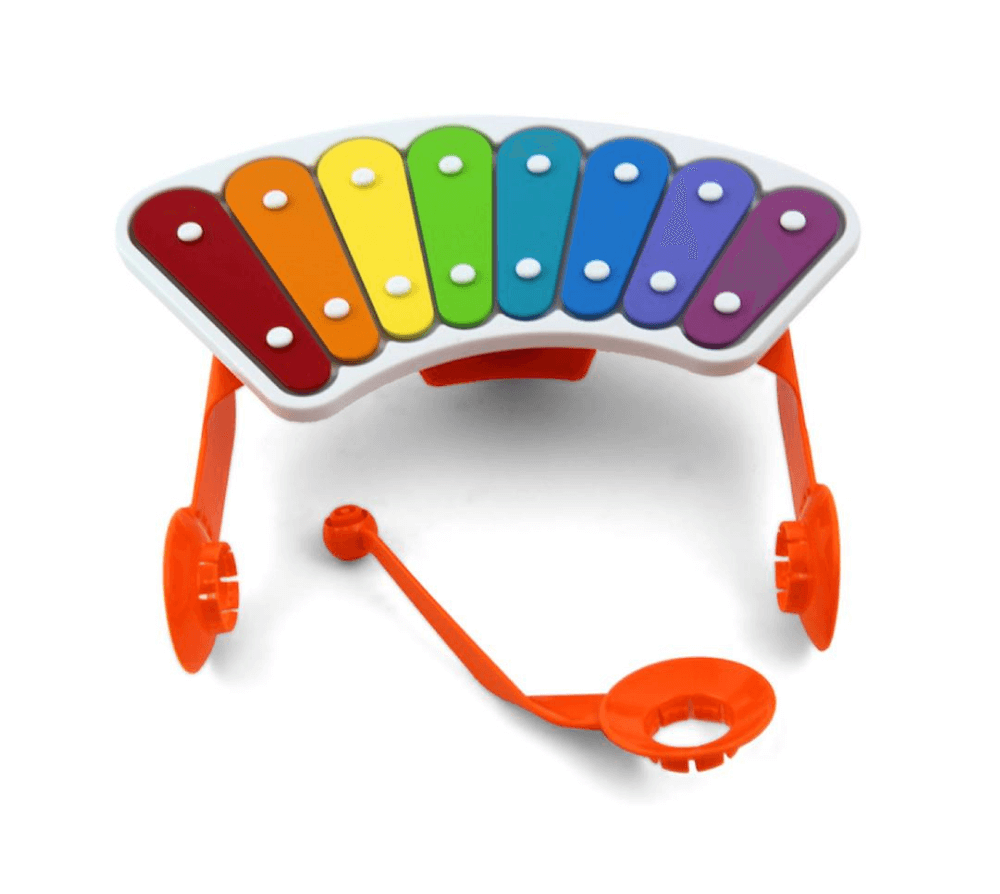

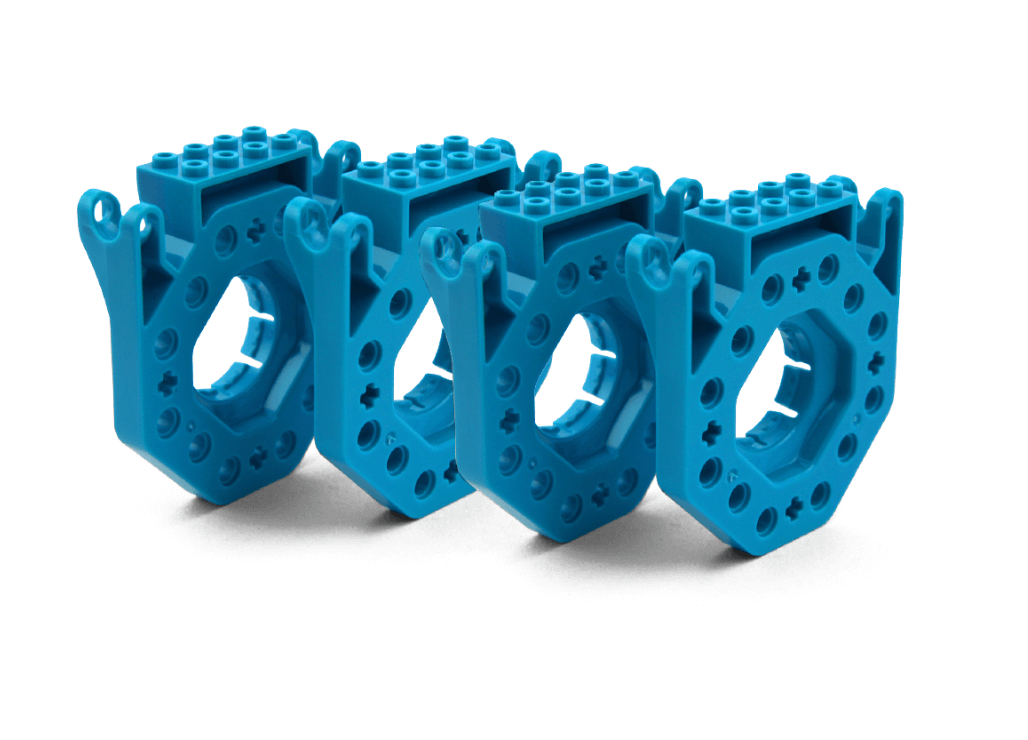
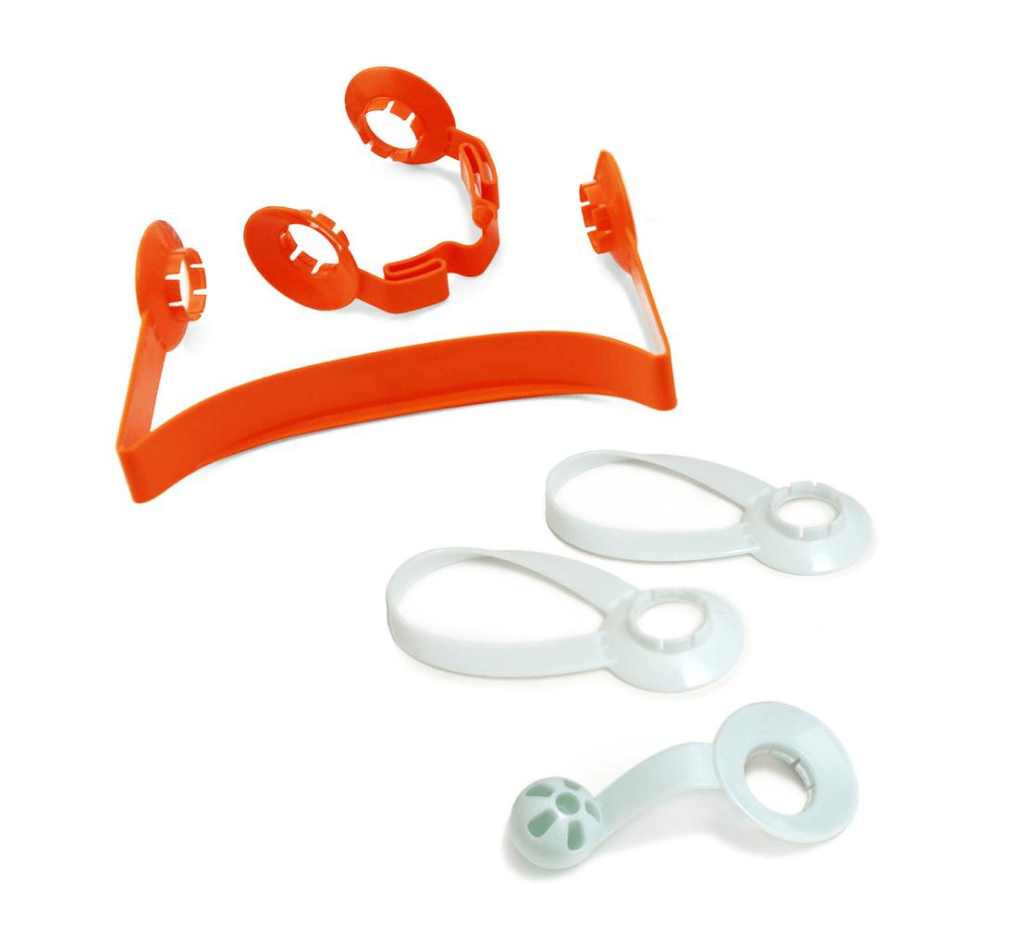

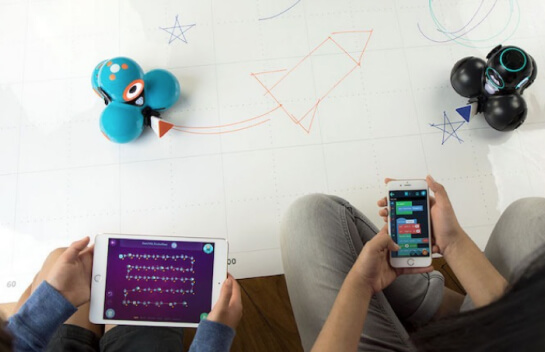
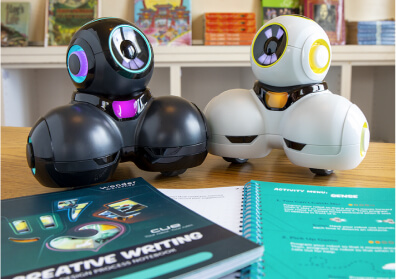
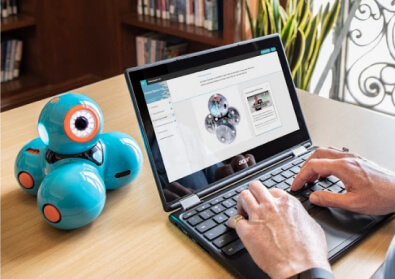
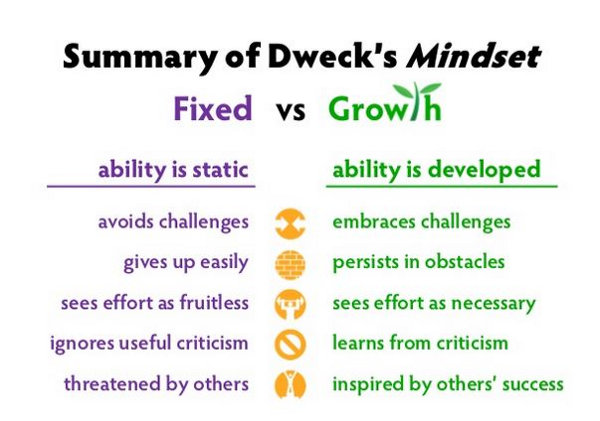



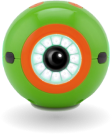



 Please wait while you are redirected to the right page...
Please wait while you are redirected to the right page...